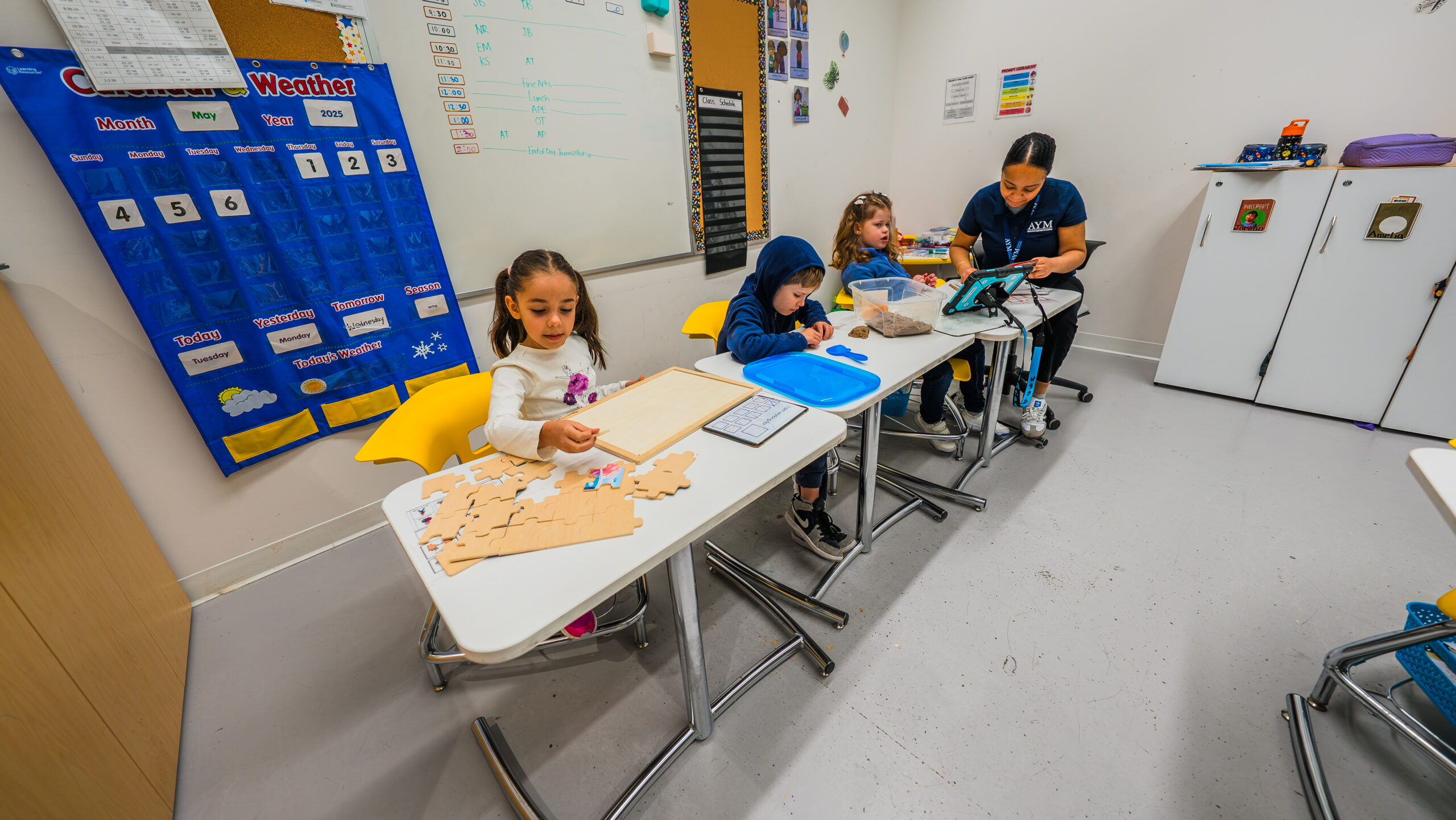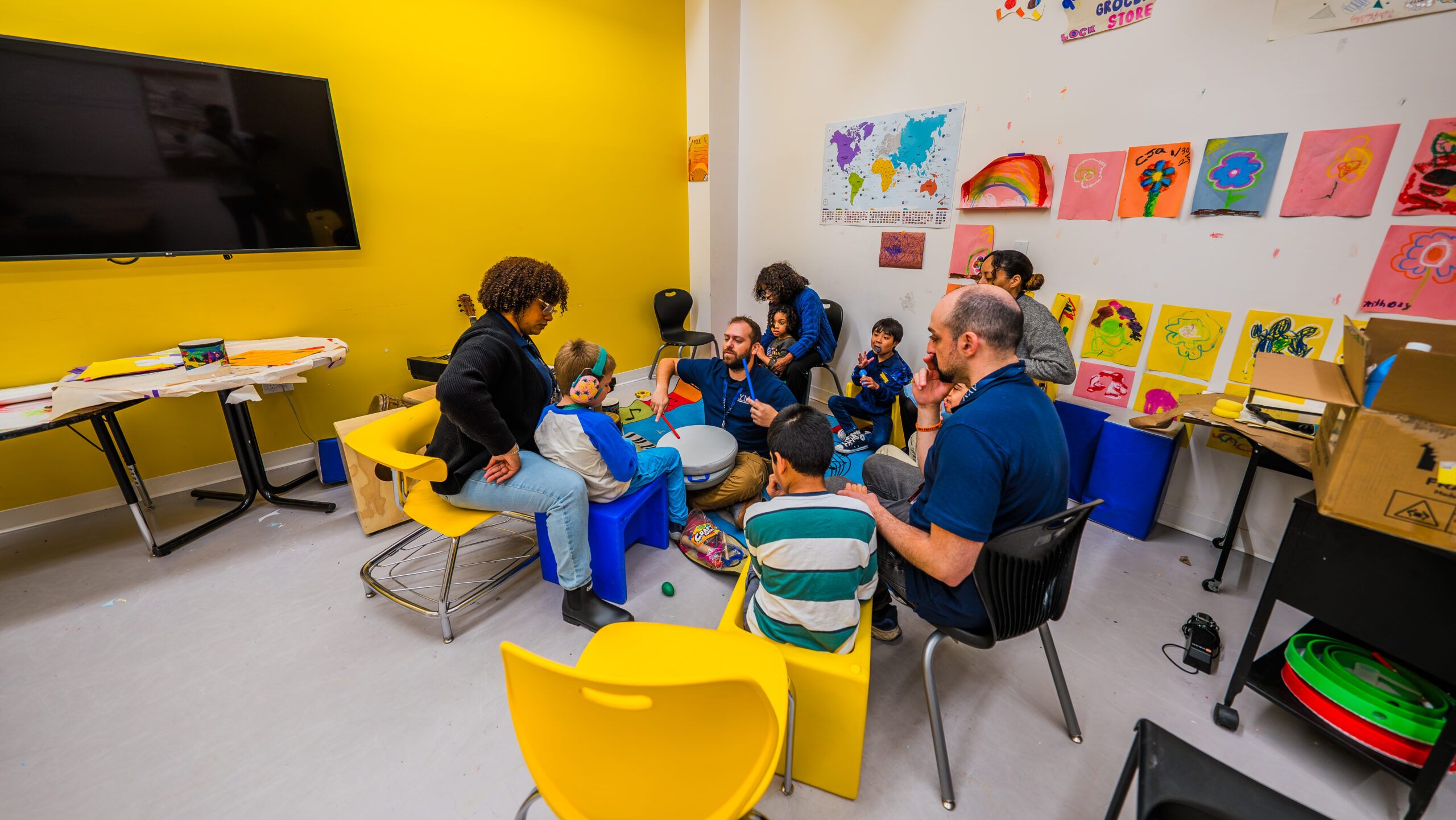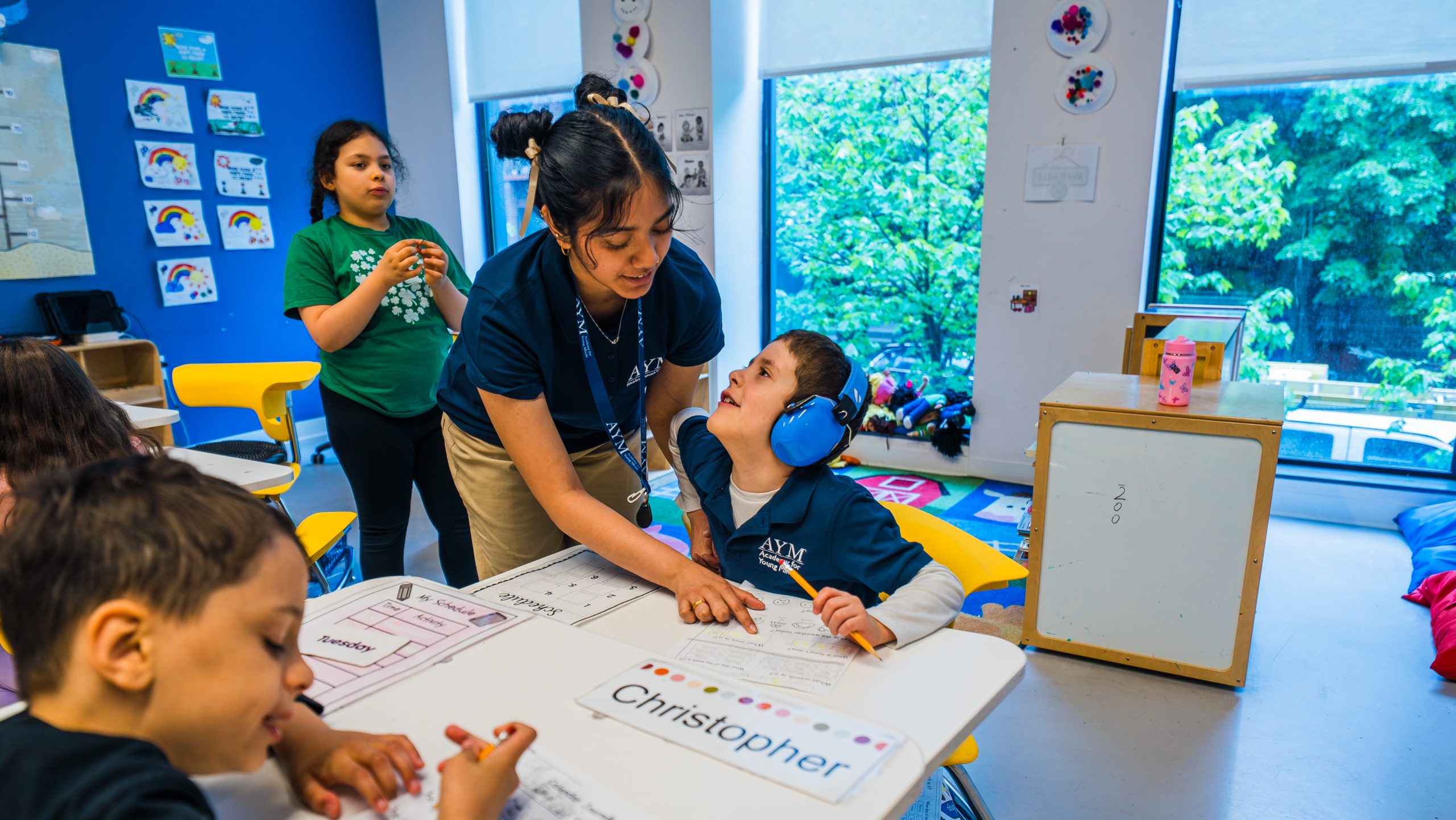How Visual Supports Can Enhance Learning for Children with Autism
As a parent or caregiver to a child with autism, you know your child’s needs better than anyone. With that in mind, you’ve likely noticed that spoken instructions or changes in routine can sometimes feel overwhelming for them.
That’s where visual supports come in. They are simple yet powerful tools that can help your child better understand their world and feel more comfortable navigating it.
These supports are designed with autistic children in mind, offering a way to process information visually rather than relying solely on spoken language. Visual tools help create structure, reduce anxiety, and empower your child to communicate and thrive in their unique way.
Why Visual Supports Work
For many children with autism, processing spoken words can feel like a race against time. The words come and go so quickly that they don’t always have a chance to sink in. Visual supports, however, stick around. Whether it’s a picture, chart, or object, these tools give your child the extra time they need to absorb and understand what’s being asked of them.
By aligning with how autistic children naturally learn—through observation and visual cues—these supports make communication and understanding easier for everyone involved. They also offer a sense of predictability, which can be incredibly comforting in a world that often feels unpredictable.
Helping Your Child Communicate
Many children with autism struggle to express their needs, and that can lead to frustration for both of you. Visual supports can change that dynamic, giving your child a new way to communicate.
Choice boards are a great example. These simple boards show pictures of options, like snacks, toys, or activities. Instead of guessing what your child wants, they can point to their choice, giving them a sense of control and independence.
For children who are nonverbal or still developing language, tools like communication cards or the Picture Exchange Communication System (PECS) can be life-changing. These cards help your child express everything from “I’m hungry” to “I need a break,” easing frustrations and strengthening your connection.
Helping Them Express Emotions
One of the toughest parts of parenting is when your child is upset, and you don’t know why. Visual supporters like feelings charts can help bridge that gap.
These tools use simple images–happy, sad, angry, scared–to help your child identify and share their emotions. Over time, they’ll start to connect those images to their feelings, making it easier for them to communicate when something’s wrong. It’s not just about understanding their emotions–it’s about helping them feel understood, too.
Creating Comfort and Routine
Children with autism often thrive on routine and predictability. Visual schedules are an amazing way to bring order to their day. Post a sign of their morning routine with images attached, create a “first-then” schedule of activities at home, or make them a visual flipbook to take with them on a busy day. Any of these tools will help your child know what to expect, what to do, and when to do it.
Transitions can be tough, but visual schedules can ease that stress. Whether it’s preparing for a doctor’s appointment or winding down for bedtime, knowing what’s next can make all the difference for your child.
Building Independence
As parents, we all want our children to feel capable and independent. Visual supports can help with that, too.
By breaking tasks into manageable steps—like showing pictures of “soap,” “wash hands,” and “dry hands” for a hand washing routine—visual supports empower your child to complete tasks on their own. They don’t have to rely on constant verbal reminders, and can more easily build confidence in themselves.
Visual timers are another great tool. They show how much time is left for an activity, helping your child understand and manage transitions without feeling caught off guard.
Parenting a child with autism comes with its challenges, but visual supports can make things just a little easier. They’re not about changing your child but about helping them shine in their own unique way. From communication to routines to emotional expression, these tools are there to support both of you.
If you’re curious about how visual supports could help your child, we’re here for you. We’re passionate about empowering children and families through personalized strategies and support. Reach out today to learn how we can work together to create a brighter path for your child.
Resources:
https://www.autismparentingmagazine.com/benefits-of-autism-visual-supports/
https://ncse.ie/wp-content/uploads/2021/06/Using-Visuals-to-Support-Communication.pdf



